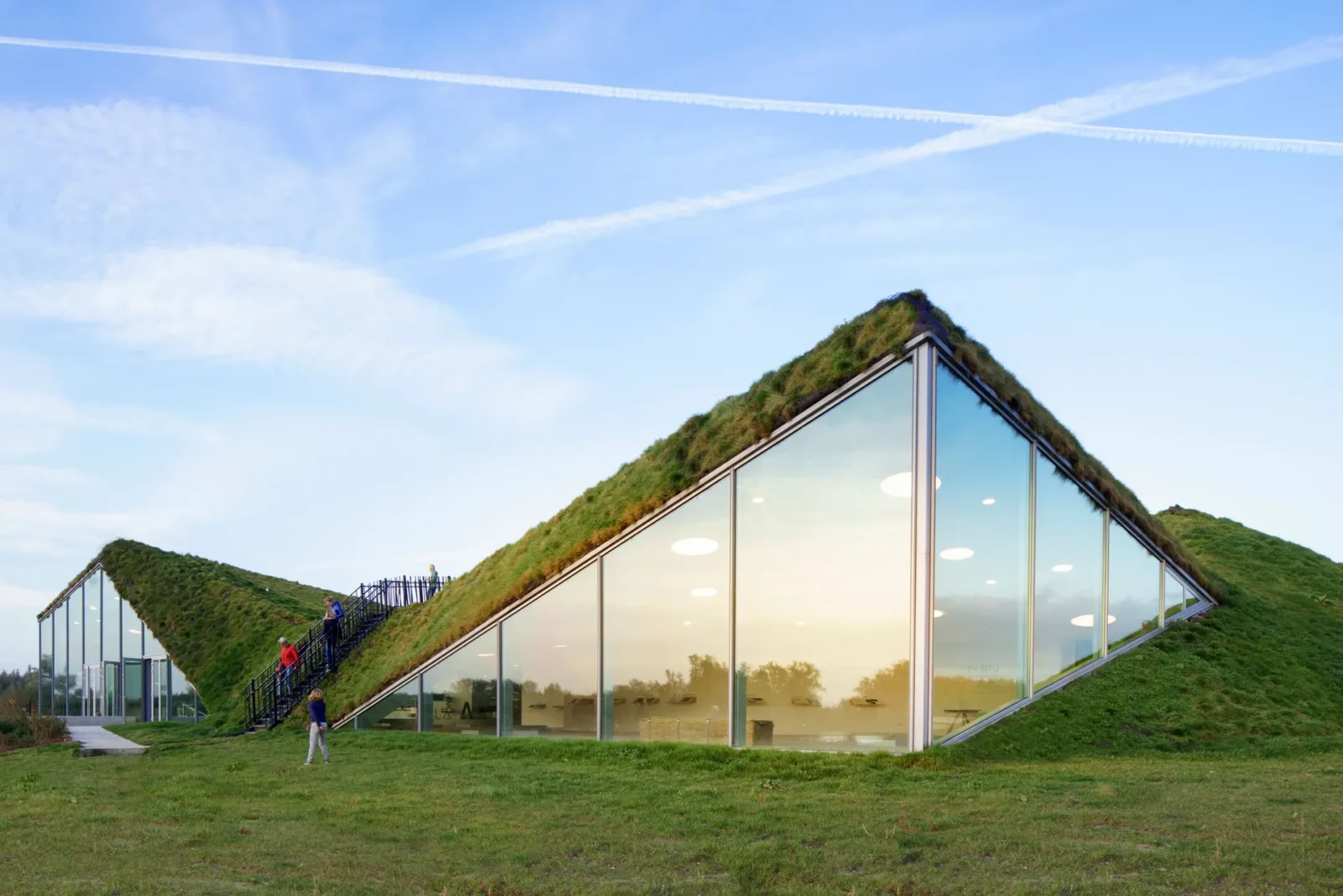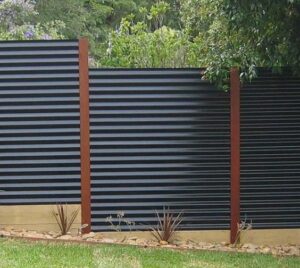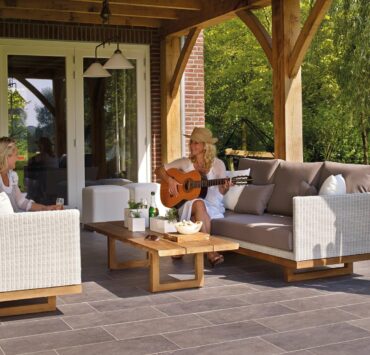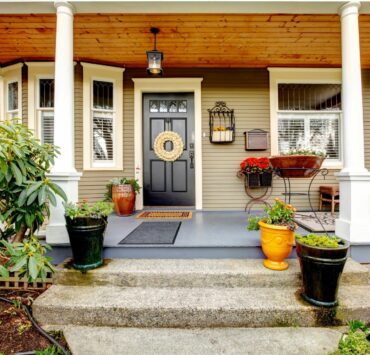Green roofs are becoming increasingly popular as people look for ways to improve their homes and the environment. Here are the most notable green roof benefits and how to incorporate the same.
Benefits:
- Improved insulation: Green roofs provide an extra layer of insulation, helping to reduce energy costs and improve the overall comfort of your home.
- Stormwater management: Green roofs help to absorb and manage rainwater, reducing the strain on local drainage systems and reducing the risk of flooding.
- Increased biodiversity: Green roofs provide habitat for a range of wildlife, including insects, birds, and small mammals.
- Improved air quality: Plants absorb carbon dioxide and release oxygen, helping to improve local air quality.
- Extended lifespan of roof: Green roofs protect the underlying roof membrane from the elements, helping to extend its lifespan.
Tips for Incorporating a Green Roof:
- Choose the right plants: Select plants that are well-suited to your local climate and the conditions on your roof.
- Ensure proper drainage: Make sure your roof has proper drainage to avoid water damage.
- Consider weight: Make sure your roof can support the weight of the soil, plants, and water.
- Hire a professional: Consider hiring a professional to install your green roof to ensure it’s done correctly and safely.
- Maintenance: Regularly maintain your green roof, including watering, weeding, and trimming as necessary.
Incorporating a green roof is a great way to improve the environment, reduce energy costs, and create a more sustainable home. With proper planning and maintenance, you can reap numerous green roof benfits for years to come.







